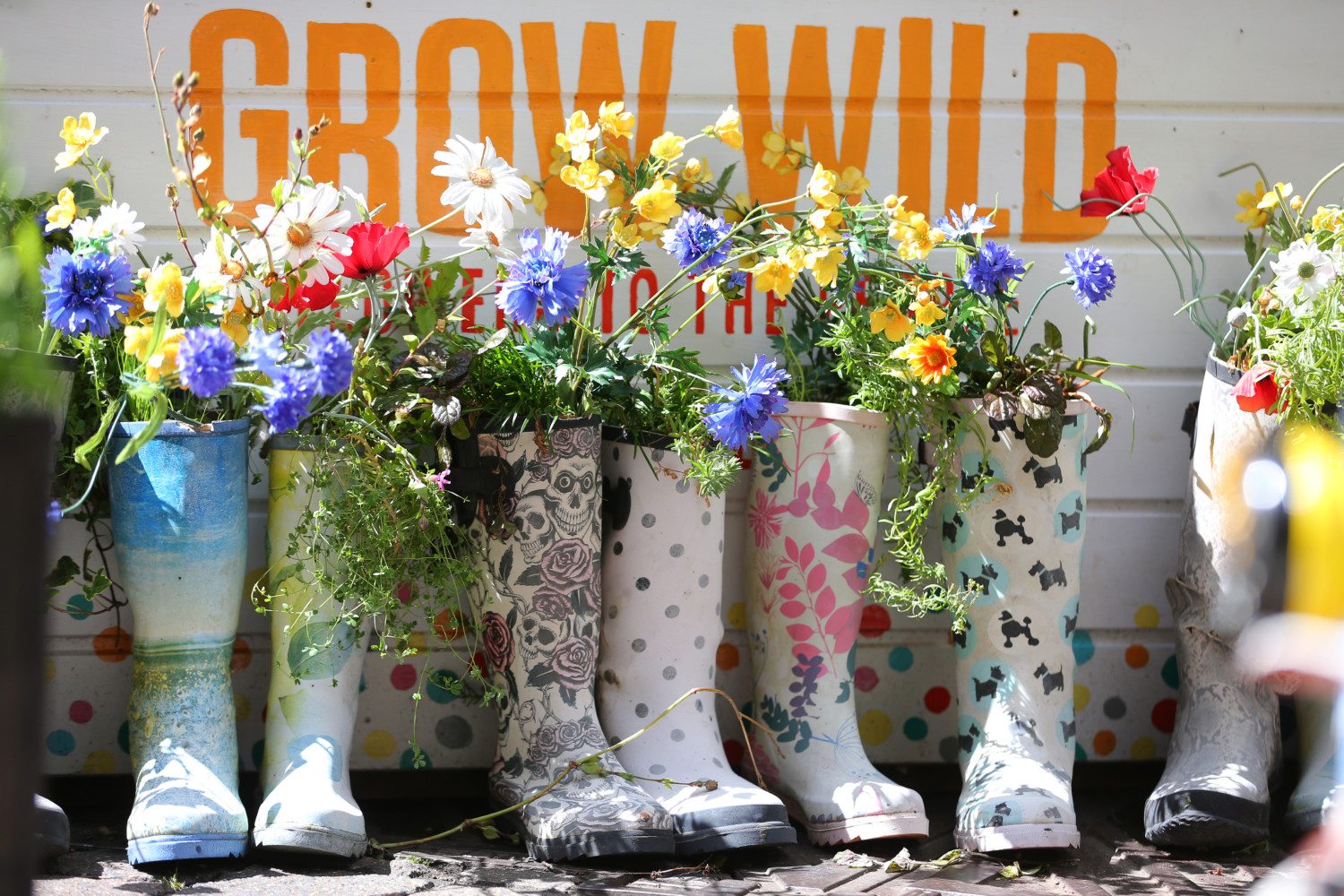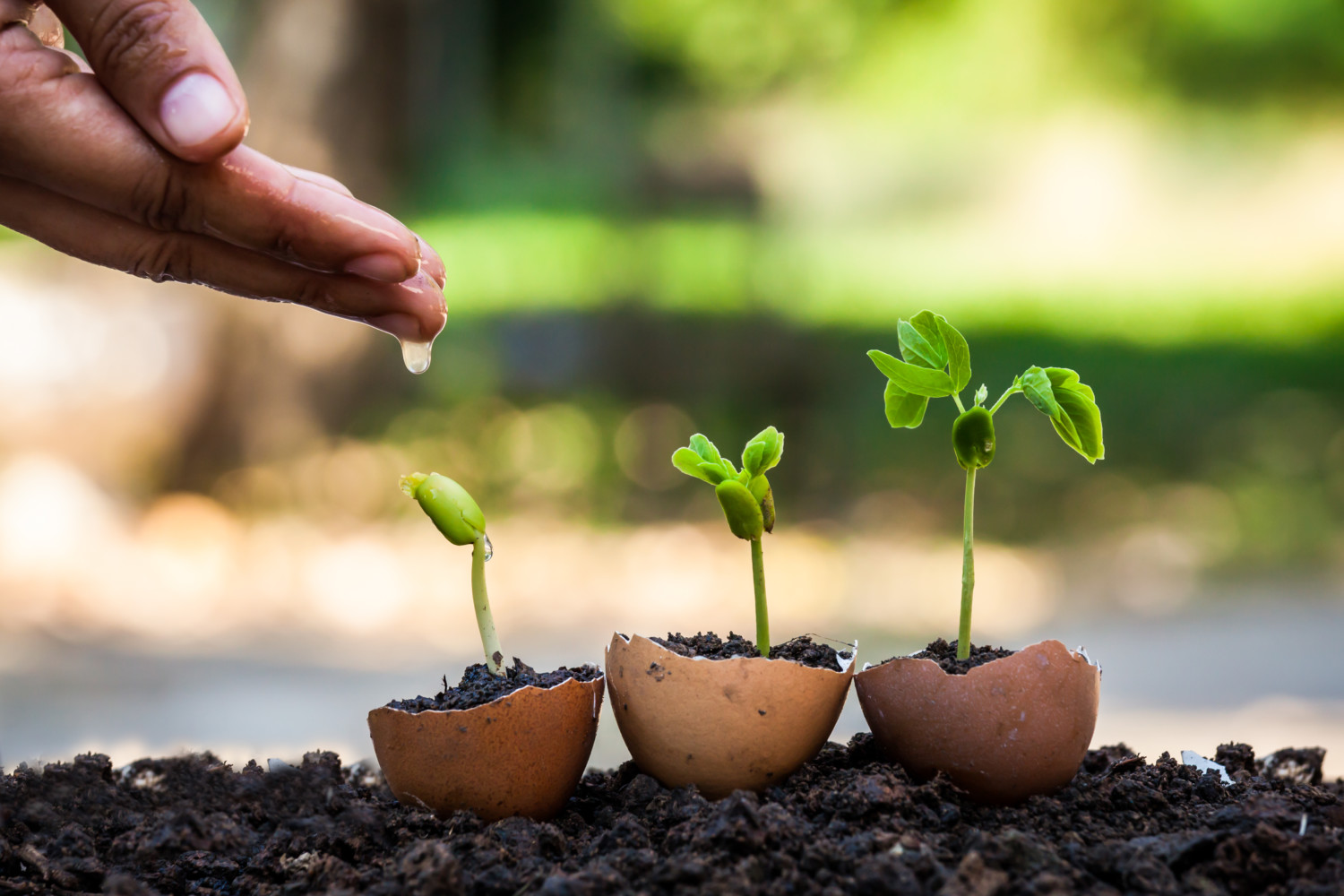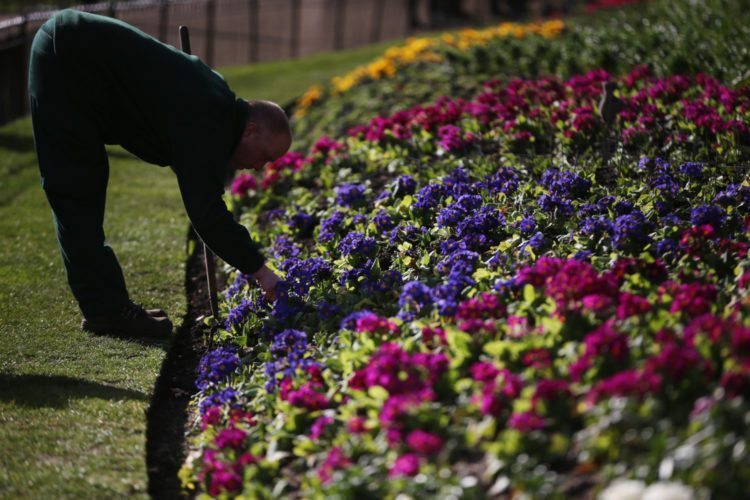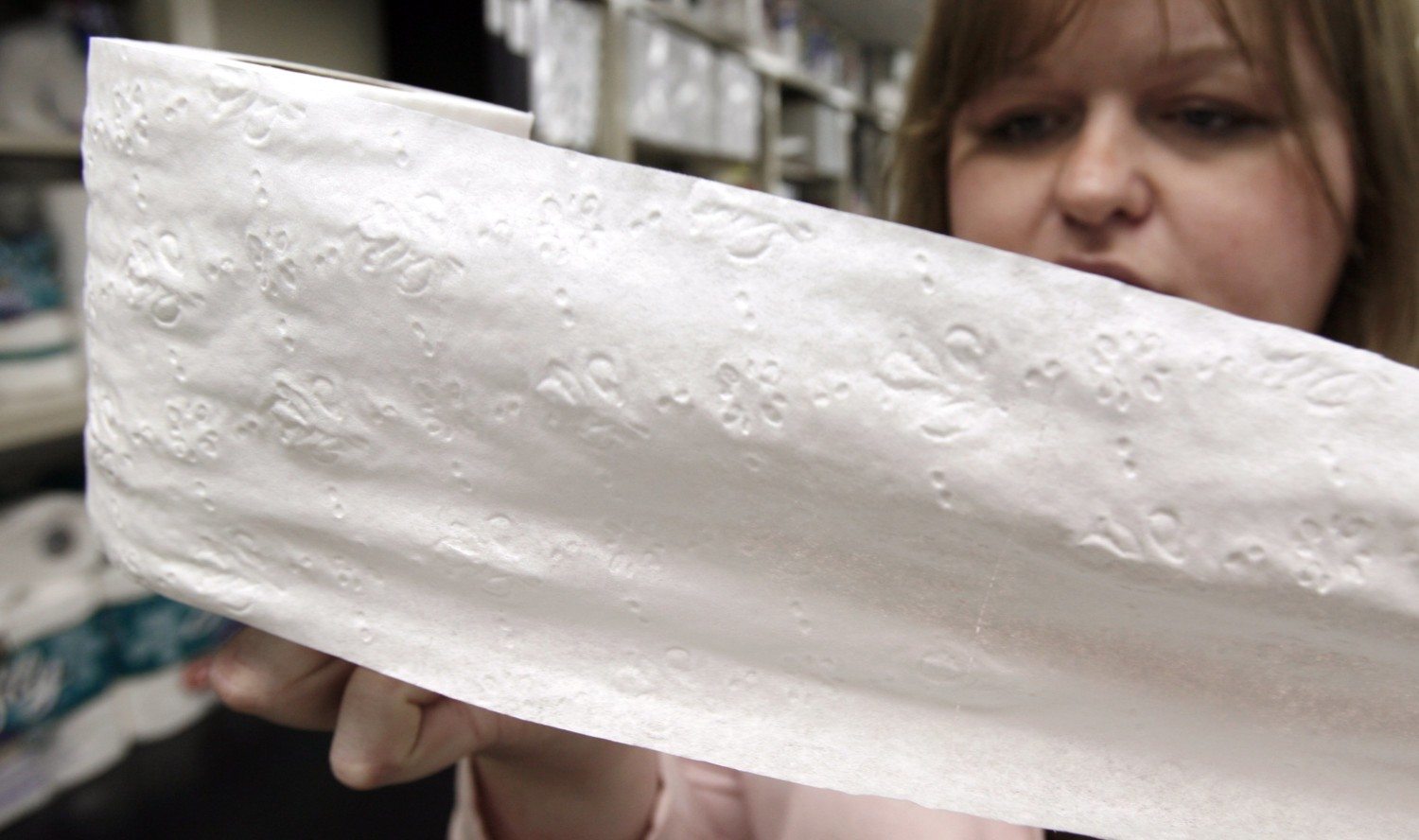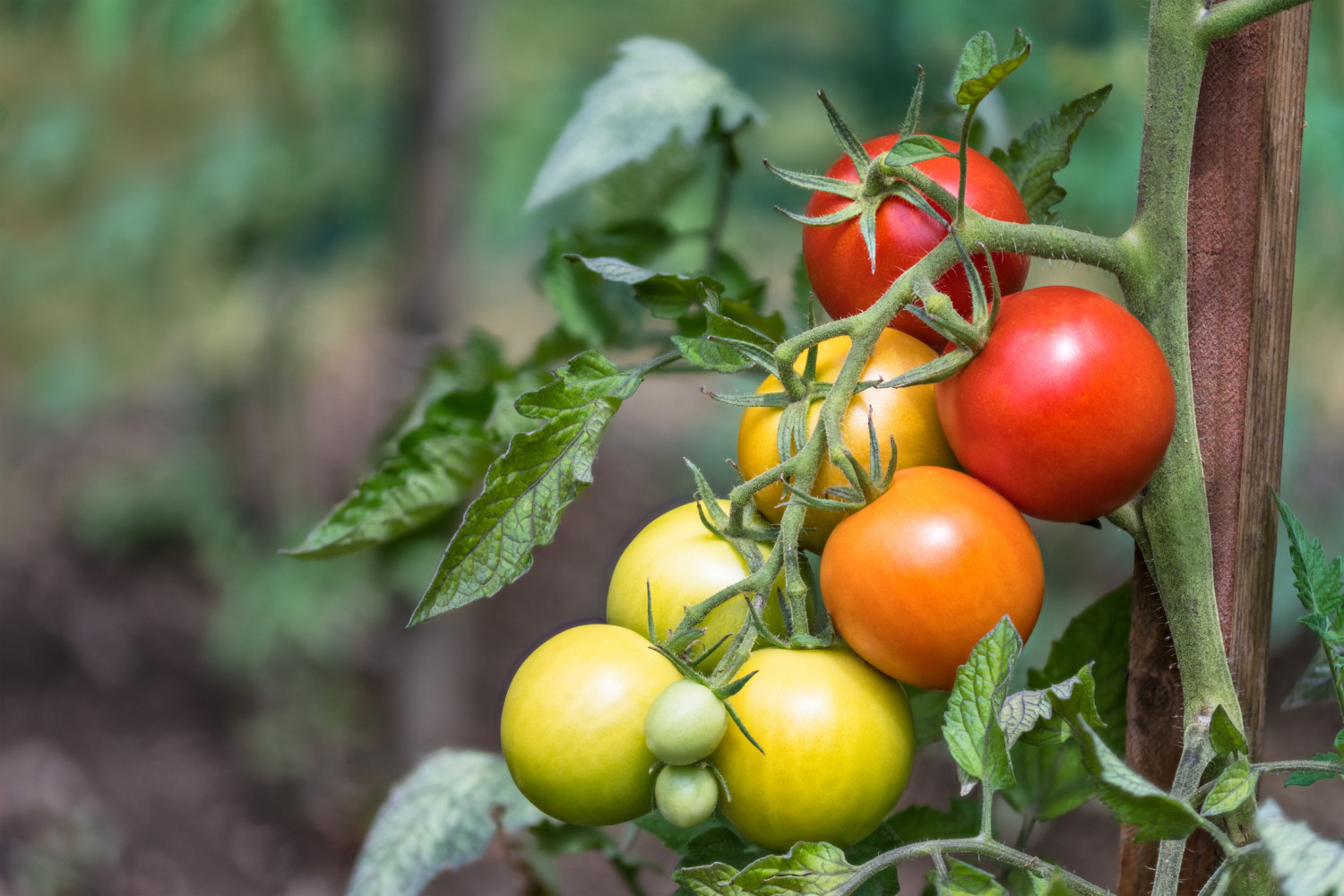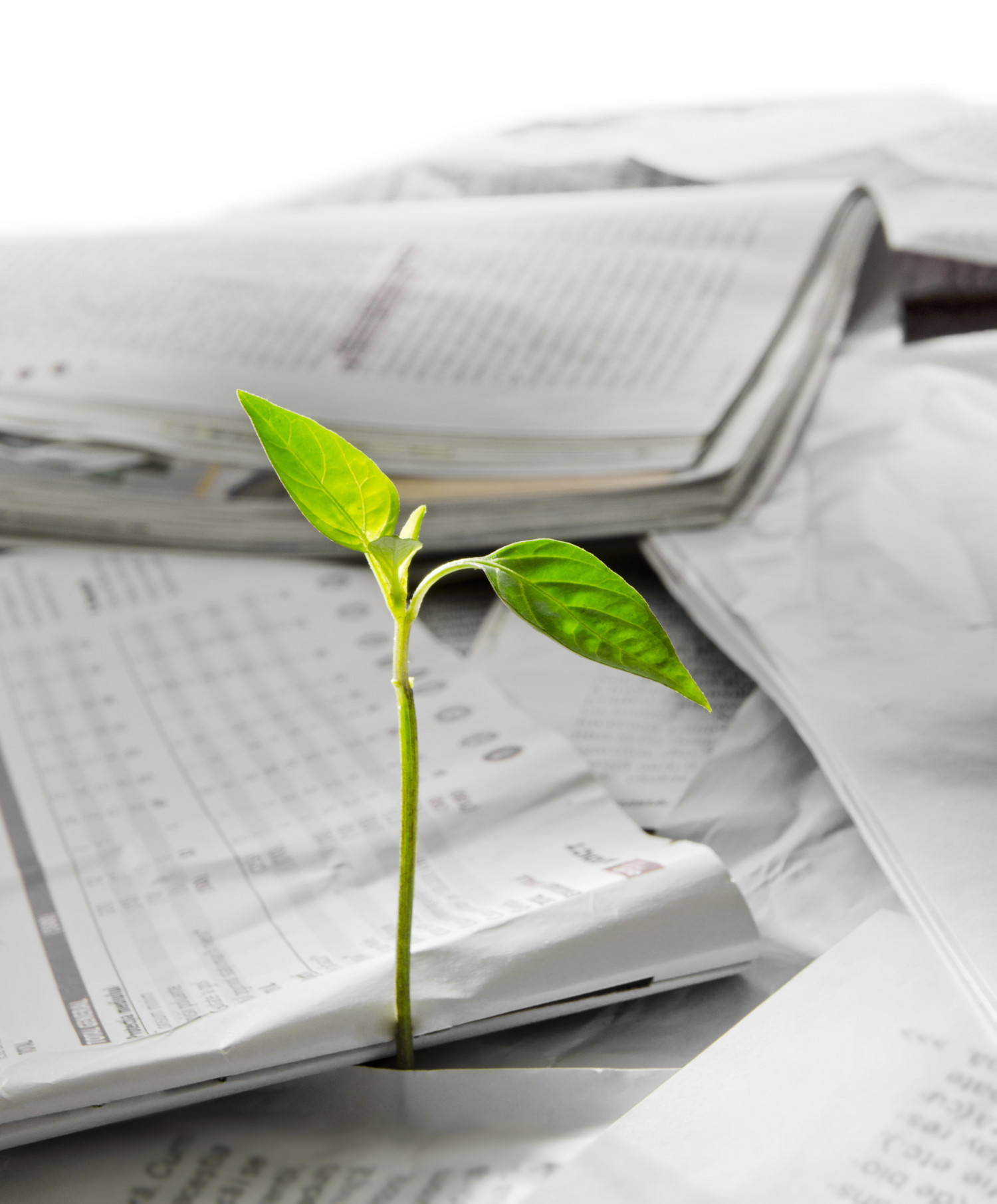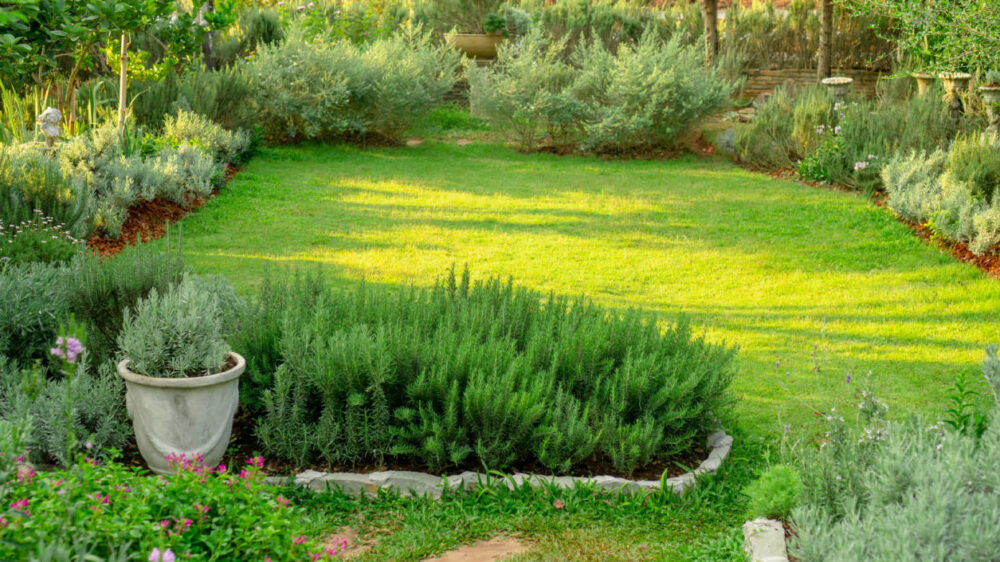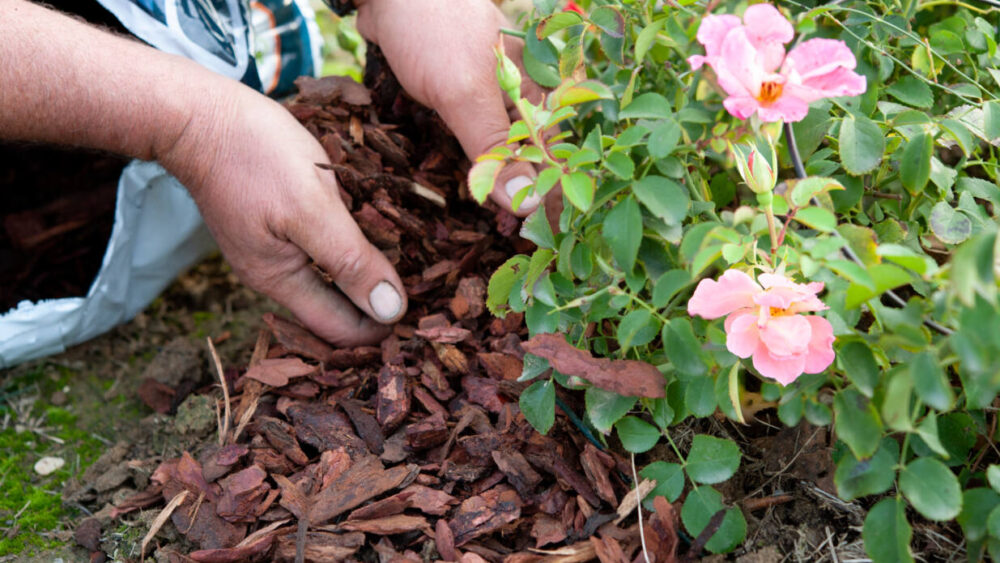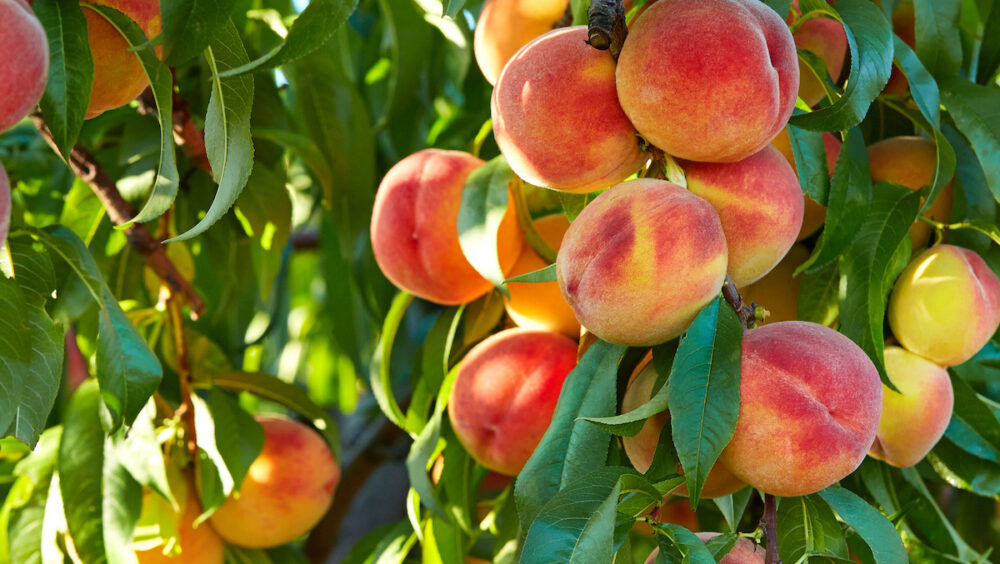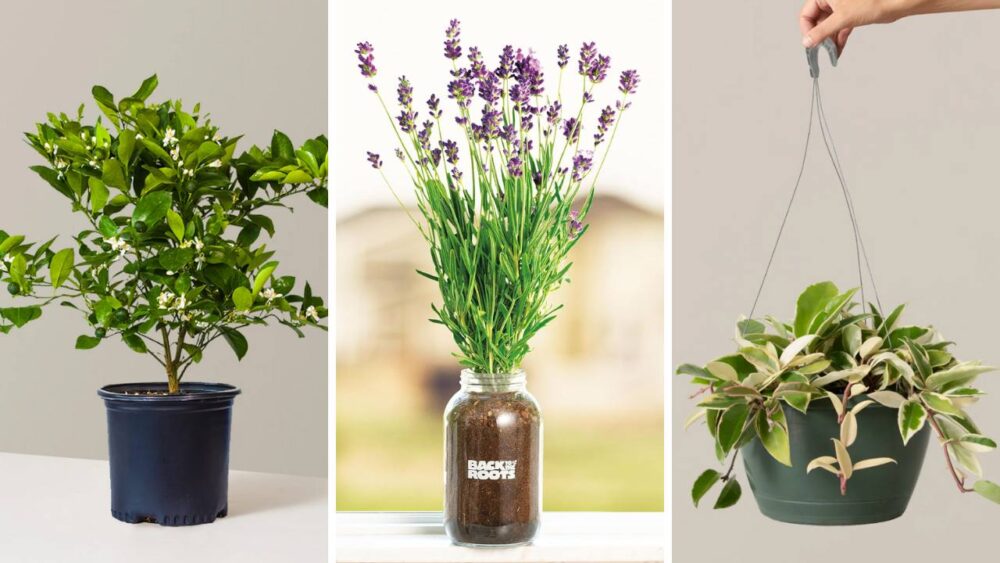10 Amazing Gardening Tips And Tricks That Save You Time And Money
Growing food and flowers in your own backyard can help you stick to your budget and help ensure you are getting the freshest, healthiest items possible. It can also be backbreaking and tedious work, not to mention costly, if you constantly find yourself running out for supplies, tools and accessories. What is a would-be gardener to do?
We have compiled a bumper crop of ingenious gardening tips and tricks that will have your garden coming up roses. You reap what you sow, and these hacks will turn your horticultural endeavors into a less expensive, less exhausting and more entertaining harvest.
1. When Life Gives You Lemons, Start Plants Indoors
Starting seeds indoors gives you a jump on your spring garden; no need to wait for the ground to thaw to get those plants sprouting! Skip the store-bought starter pots and use leftover lemon rinds, instead. In fact, you can use any type of citrus rinds as starter pots. They are completely biodegradable and add acidity to the soil, to boot.
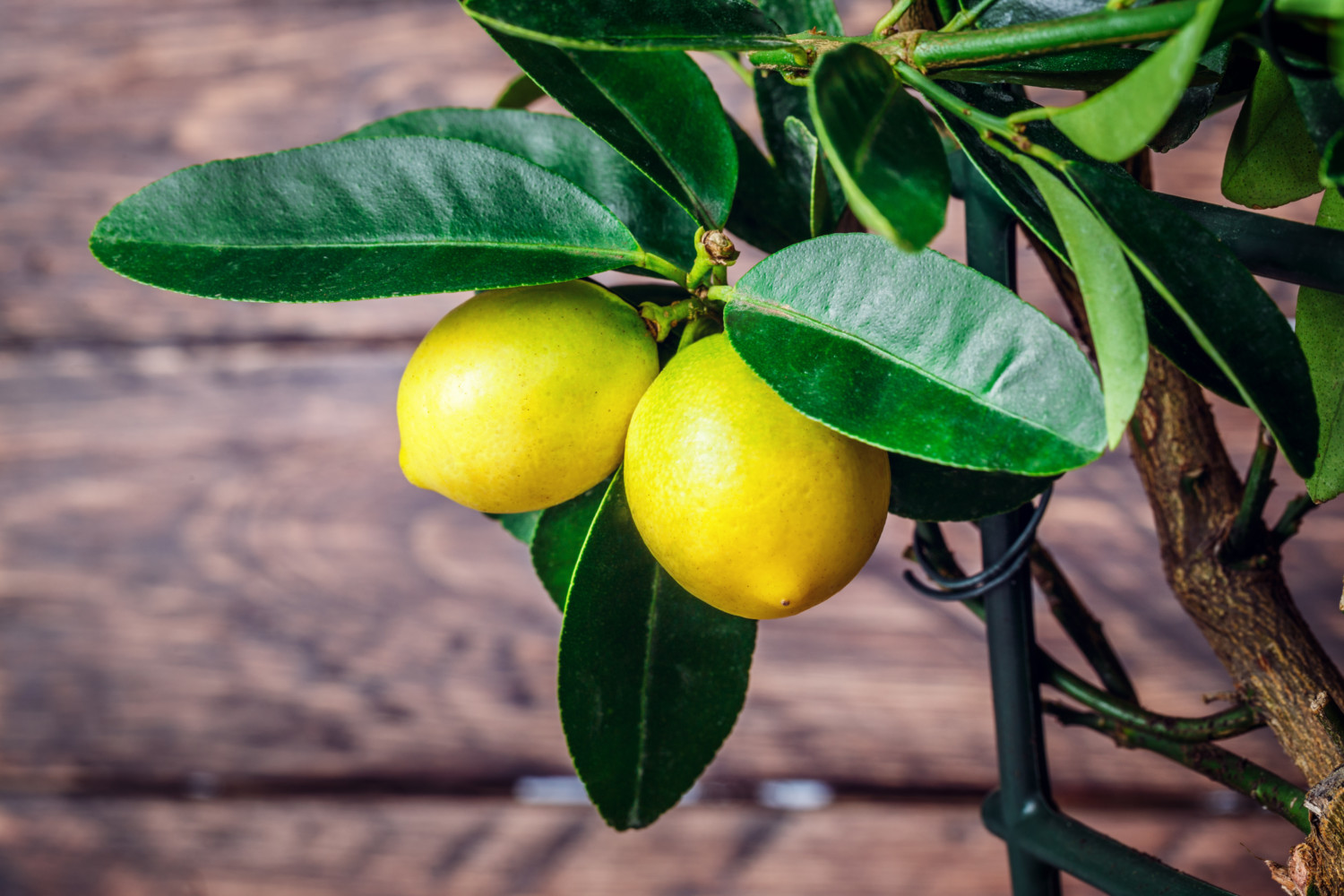
2. Egg-Cellent Uses For Eggshells
The next time you whip up an omelet or bake a cake, resist the urge to toss the eggshells. Reserve them for your garden, where they make useful plant starters, calcium-rich fertilizer and even organic pest deterrent. Snails and slugs are sensitive to the sharp bits of shell while deer dislike the scent.
3. Grow Your Own Insect Repellent
On the subject of deterring pests, you can also use your gardening abilities to fend off nasty, disease-carrying mosquitos. Along with popular citronella (shown below), mosquito-repelling plants include shade-tolerant horsemint (which smells like neither horses nor mint but rather has a citrusy fragrance), bright marigolds and catnip, which may be more effective than DEET.
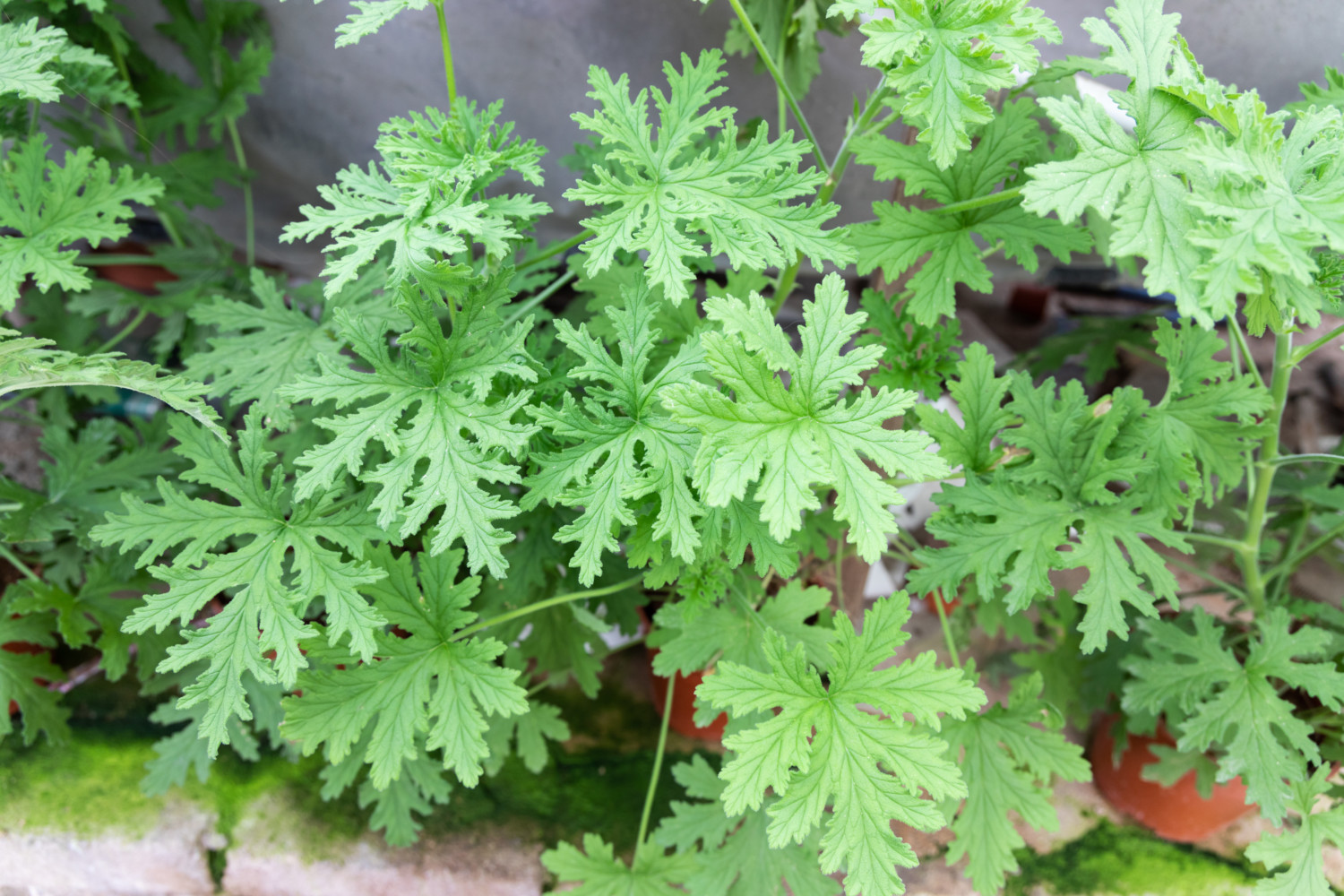
4. Use Pots Inside Pots
If you enjoy annual or biannual plants in your flower garden, you well know the hassle of digging up old plants and putting in new ones when the seasons change. Next time, use the pot-in-pot method: Dig holes large enough to bury empty flowerpots that are slightly larger than the containers of your new plants. Install a drip irrigation system, some mulch and then just drop the plants—containers and all—into the ones in the ground so you can swap them out with ease.
5. The Sharpest Tool In The Shed
Maintaining the tools you already have will keep you from spending a ton on new ones every year. Simple garden tool tips include cleaning them after use, keeping them dry and dipping them in a bucket of sand moistened with linseed oil to keep them sharp and lubricated.
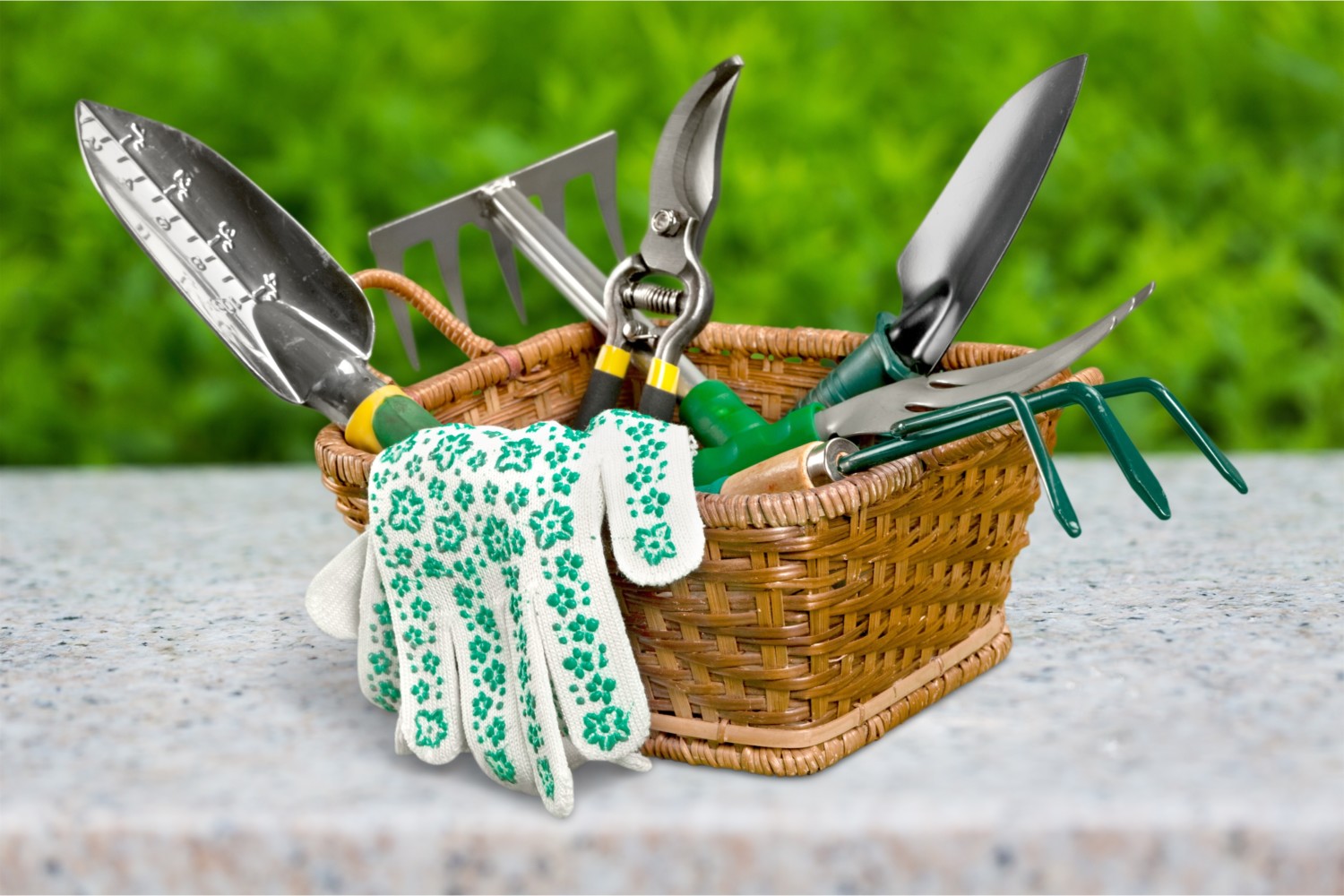
6. Build A Bean Fort
Grow a crop that doubles as a dreamy backyard play area. Put together a simple frame using bamboo poles and twine, then plant lots of bean seeds. The plants will use the frame as a trellis, growing up, around and over it to make a beanstalk fort that looks like it belongs in a fairytale.
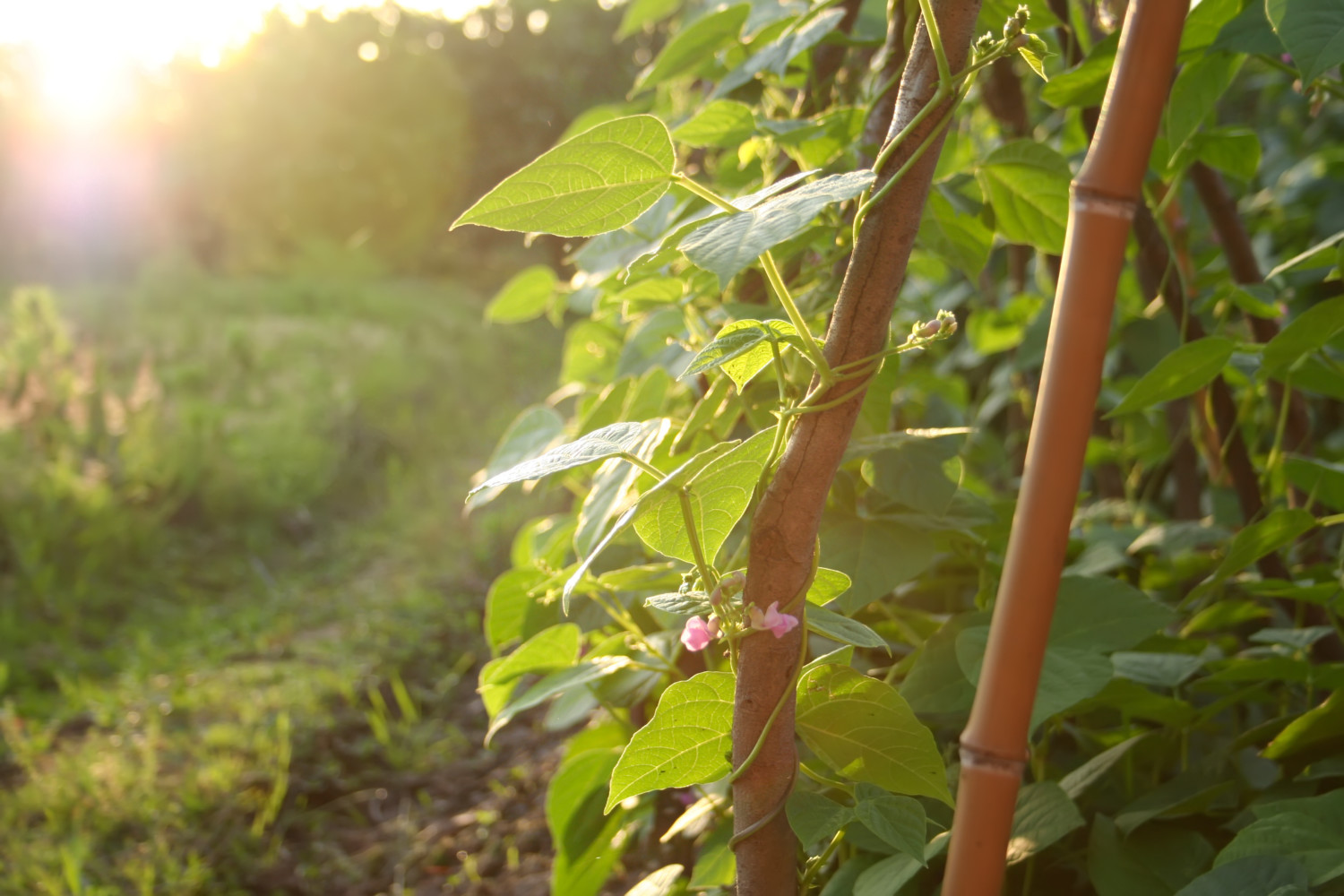
7. T.P. Your Own Yard
Certain seeds are super tiny, making it difficult to space them just right in your garden. Seed tape takes out the guesswork and this hack uses ordinary toilet paper to make it from scratch. All you need is flour and water to make a paste, a ruler to measure the “tape” and a little patience.
8. Get Your Mind In The Gutter
If you have ever cleaned a gutter, you probably know that things can take root and grow in them. Use this to your advantage to grow a garden in a small space by fastening gutters to a wall or fence. Add some drainage, fill with soil, plant some seeds and you have yourself a gutter garden.
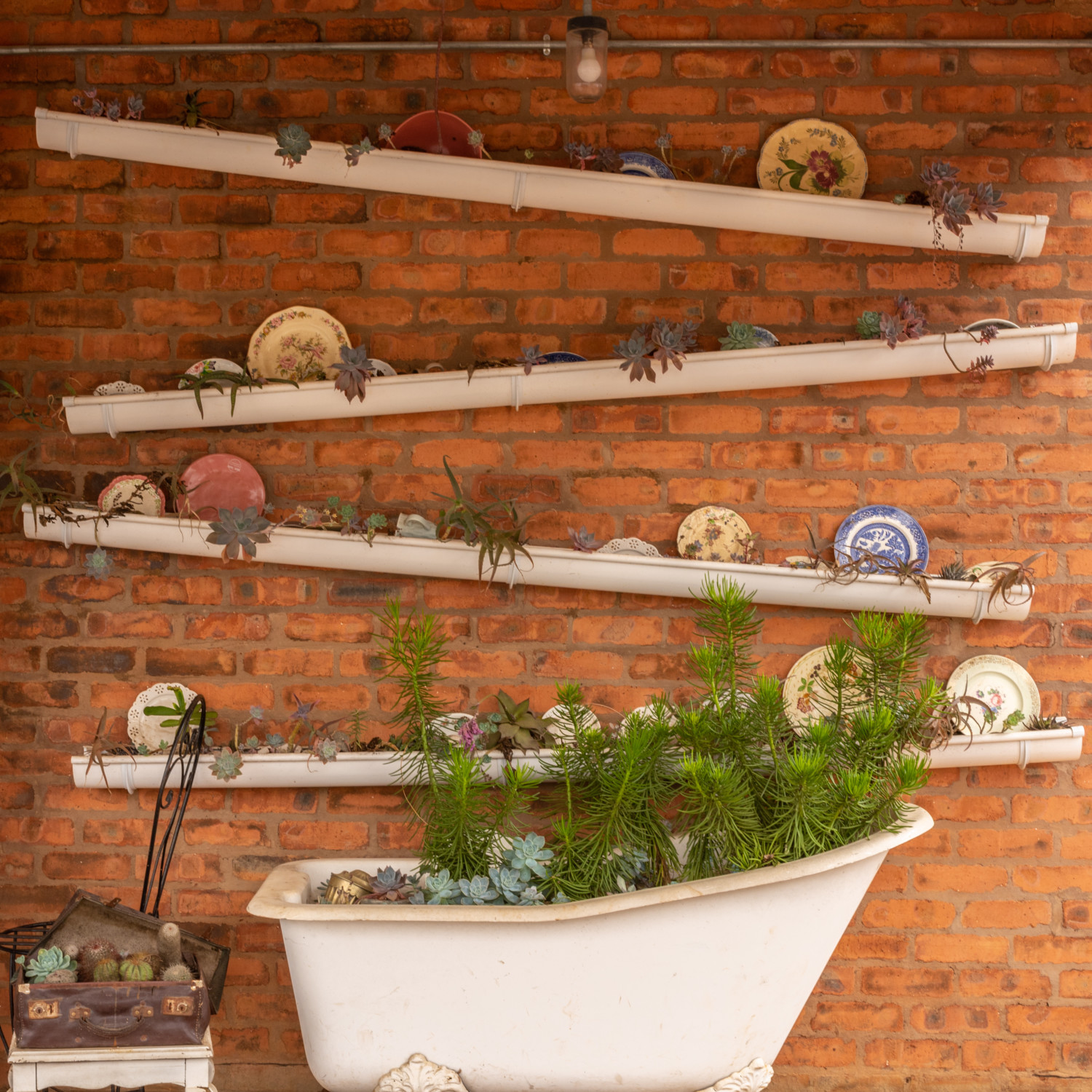
9. Put A Little Salt On Your Peppers (And Tomatoes, Too!)
Certain plants, such as tomatoes, peppers and roses can benefit from additional magnesium sulfate, which helps them uptake the nitrogen, phosphorus and sulfur they require to grow strong and healthy. Epsom salt (which actually isn’t a salt but a mineral compound) is a good source of magnesium-sulfate. Apply Epsom salt to plants as a spray, a side dressing and a soil additive for amazing results.
10. Weed Prevention Is In The Bag
You can prevent weeds before you ever plant your first seed. By planting seedlings or seeds through a layer of paper, such as brown paper grocery bags or newspaper print, you create a barrier, which can keep weeds away for up to an entire season.
Don’t let the grass grow under your feet! Cherry pick the tricks you want to try and soon your neighbors will be green with envy.


